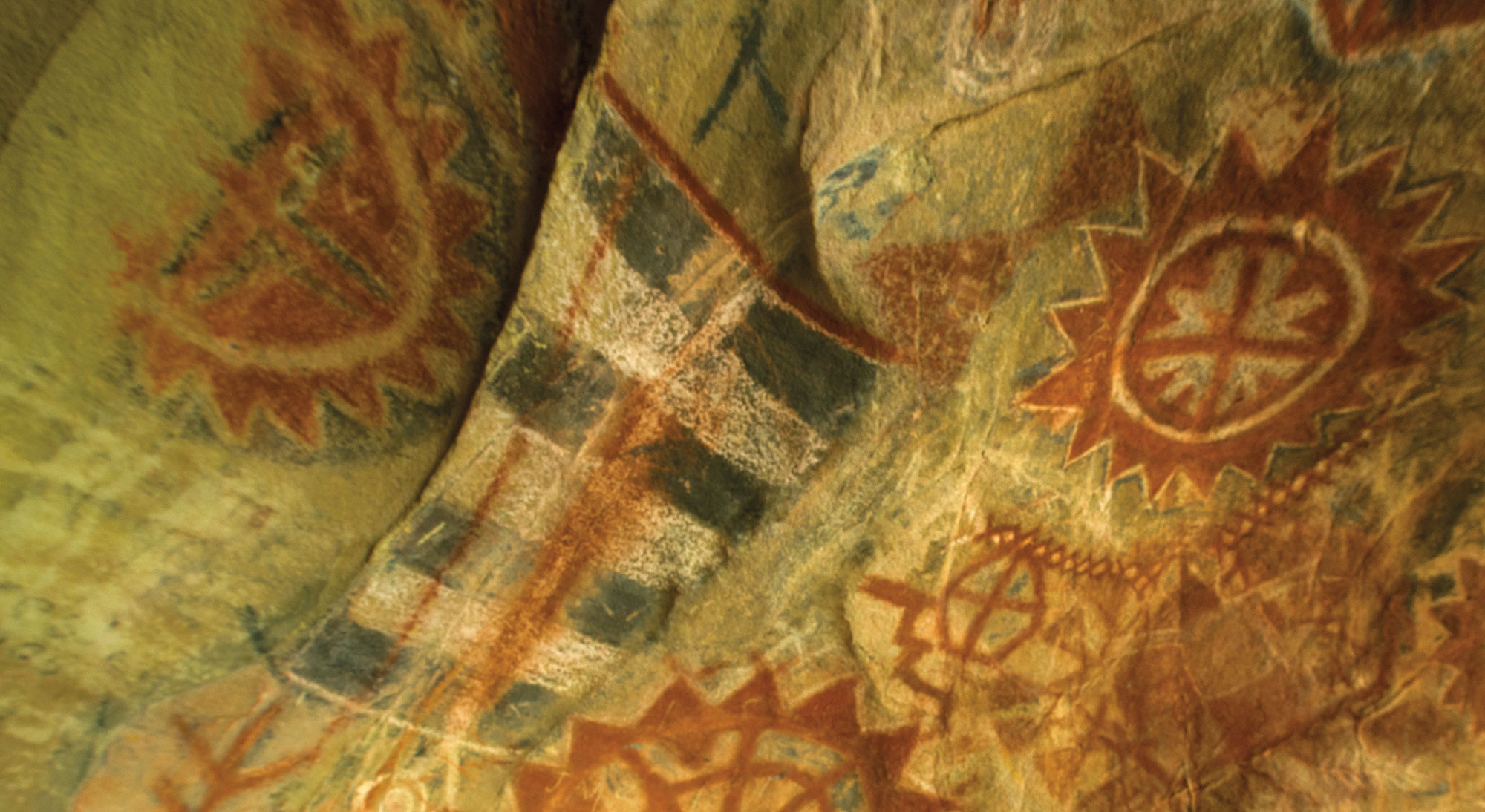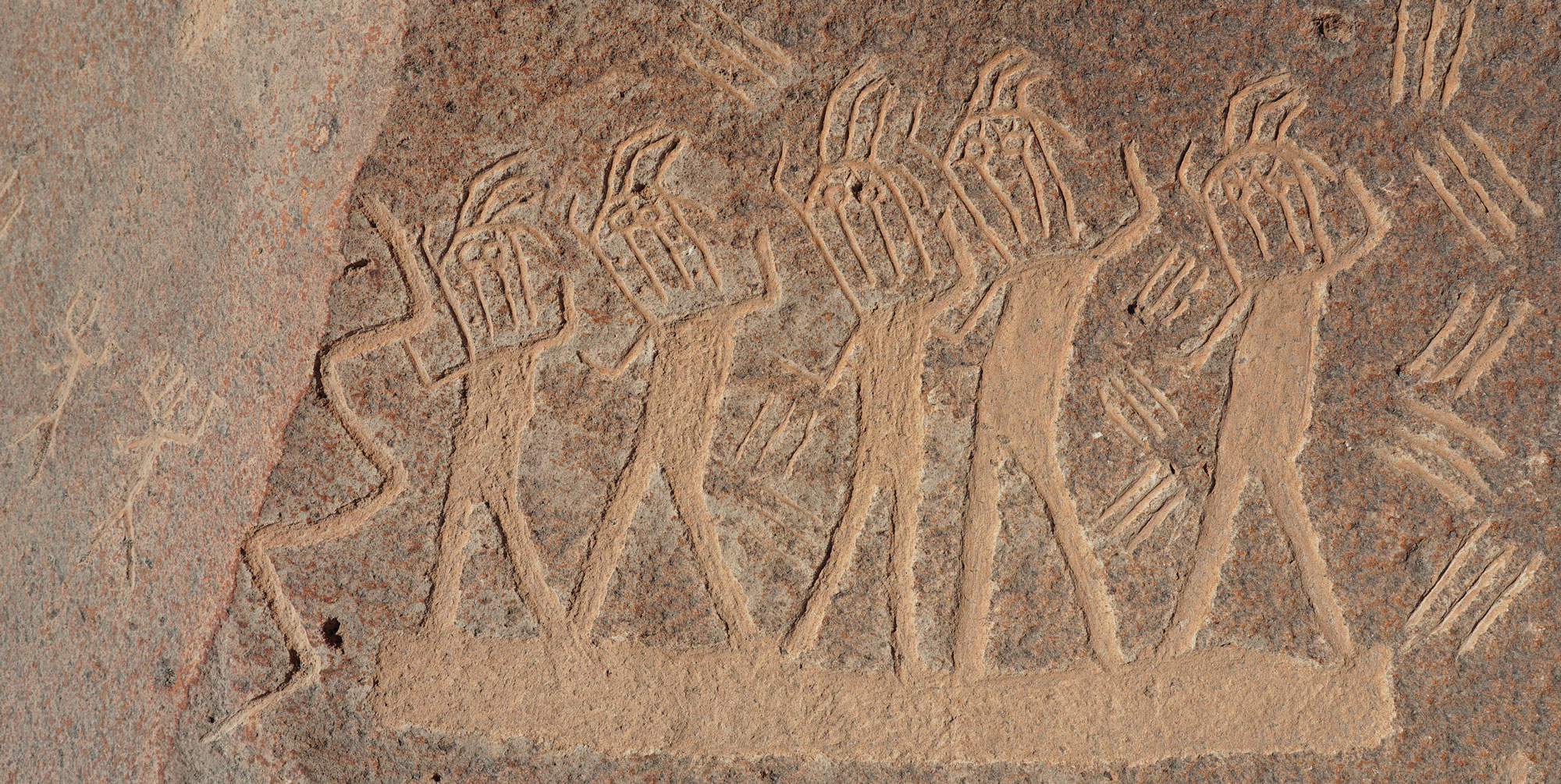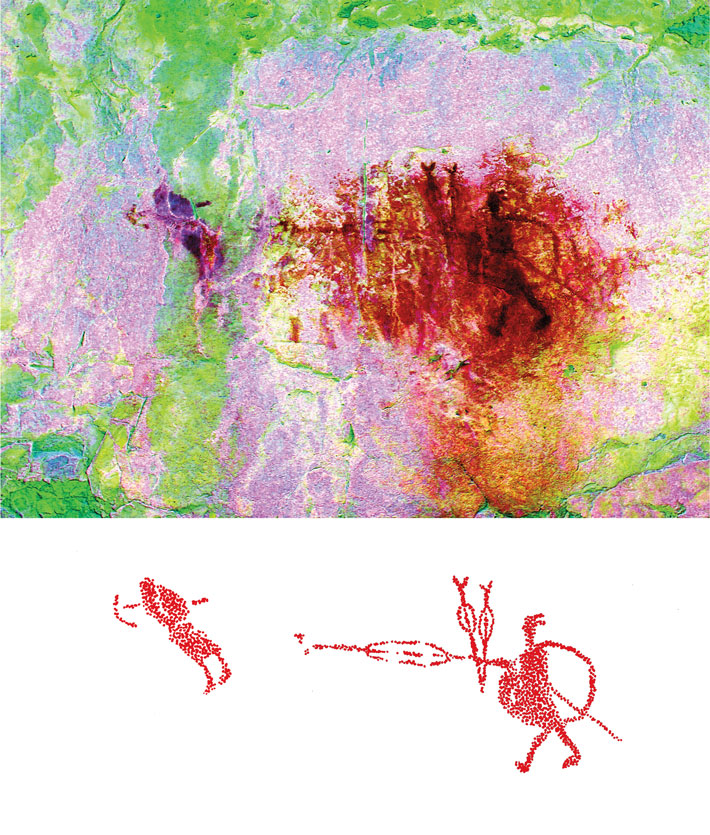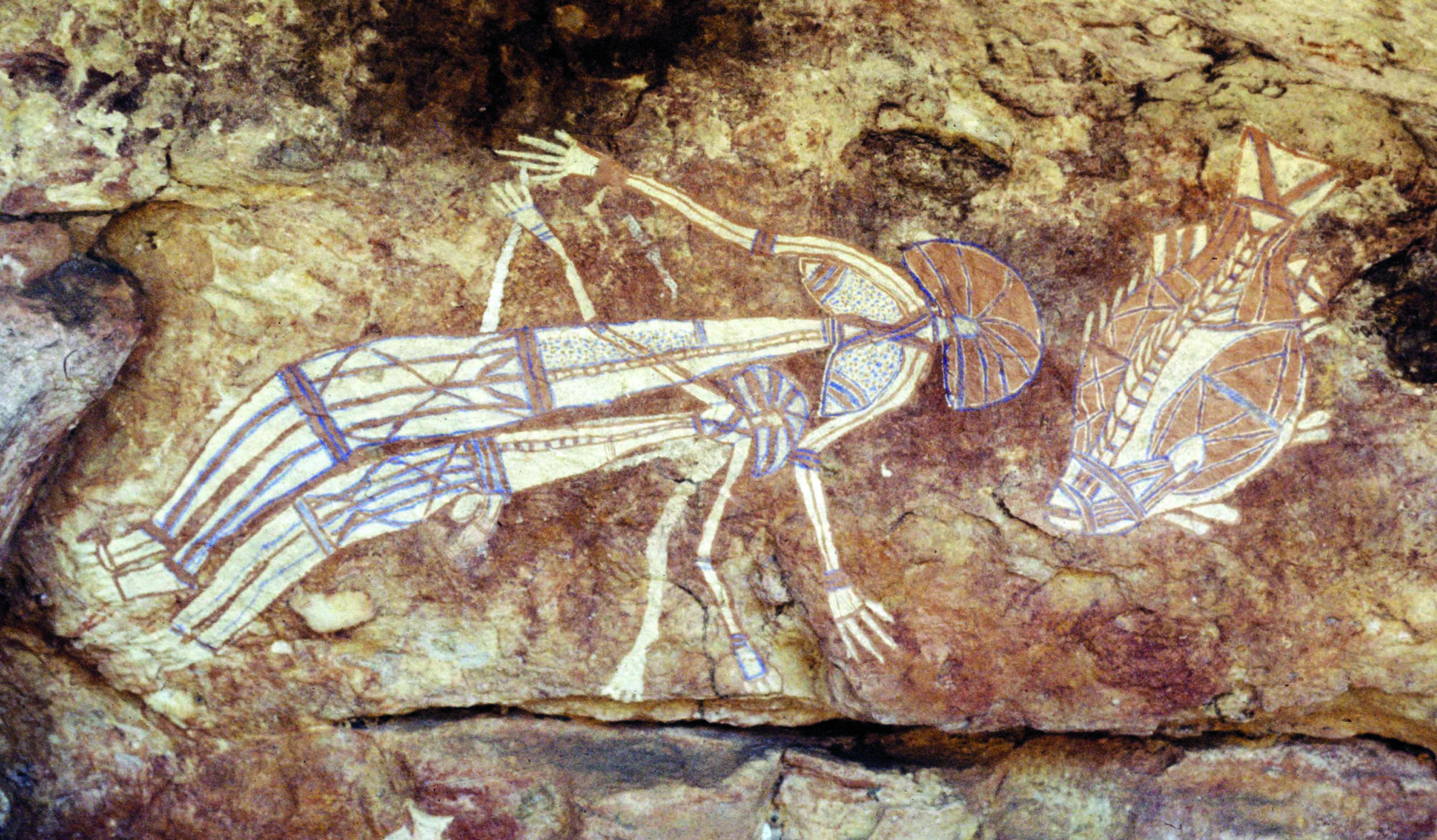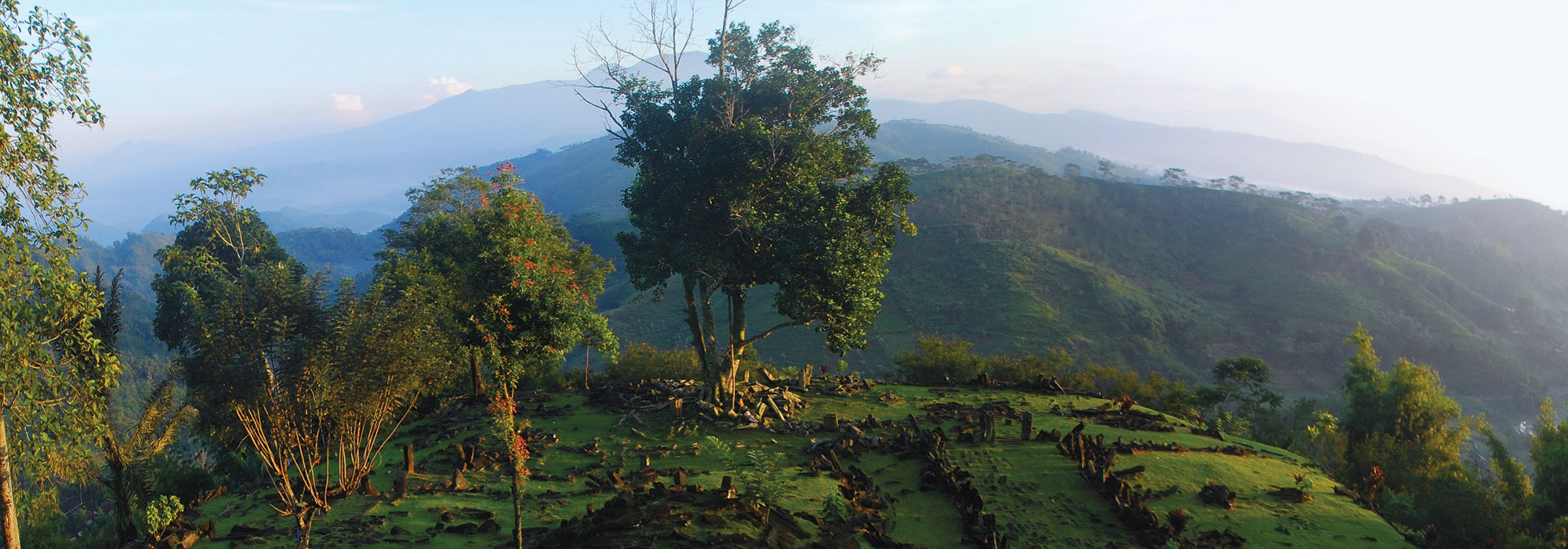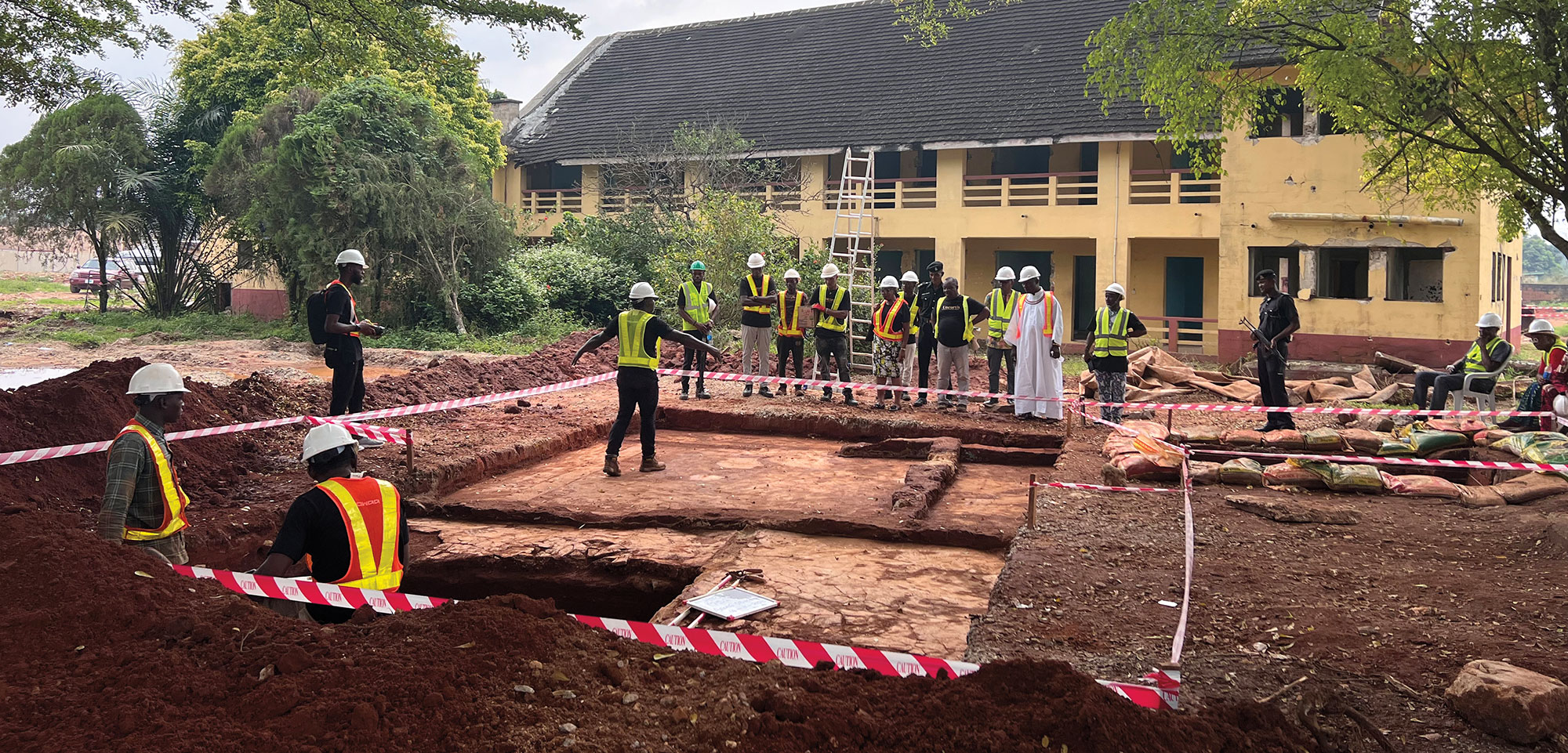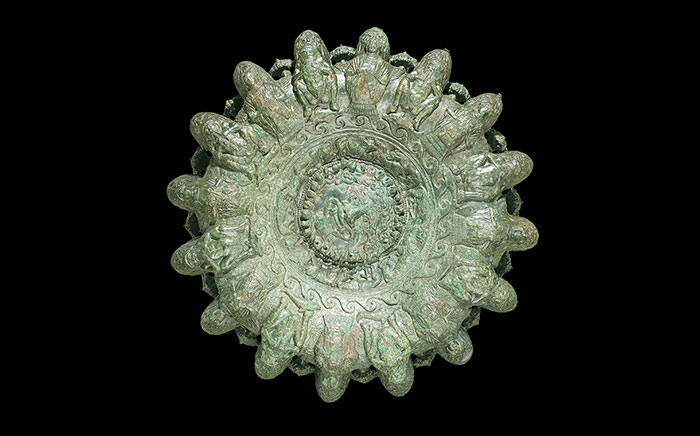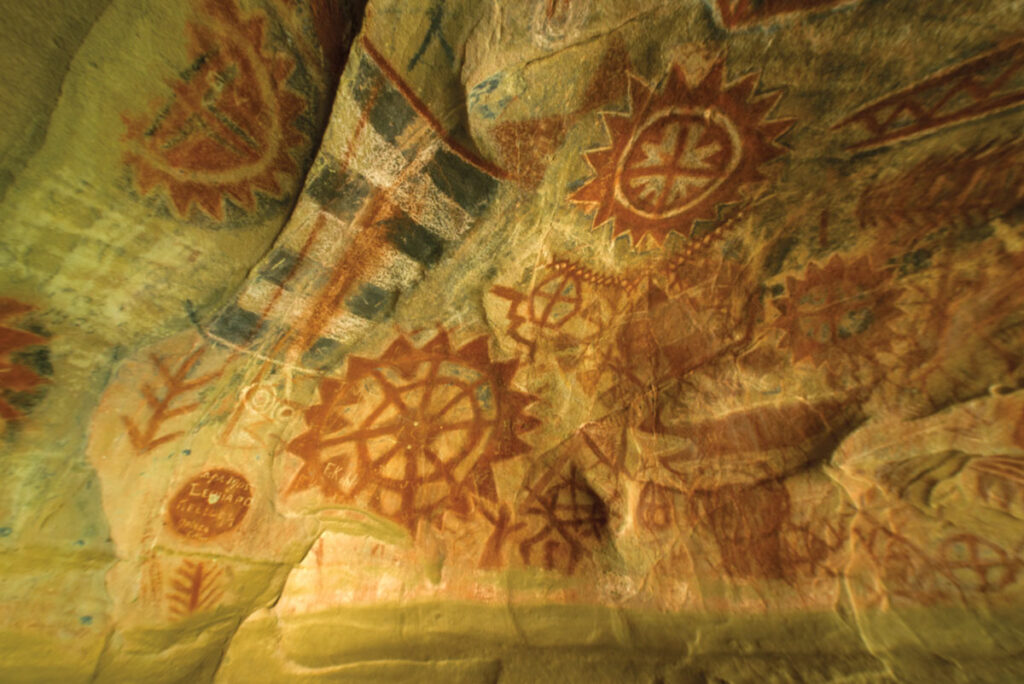
Near a summit in the heart of California’s Santa Ynez Mountains, Chumash Painted Cave, or ’alaxulux’en, features rock art created over centuries by the Chumash. The cave now lies within Chumash Painted Cave State Historic Park, which was established in 1976. A winding path some 12 miles inland hugs the mountainside as it climbs skyward to the cave. Just inside the entrance are illustrations that include cross-hatching, geometric symbols, celestial bodies, and anthropomorphic and zoomorphic figures in hues of red ocher, black charcoal, and glistening white. The images date back to at least the 1600s, but researchers believe people performed rituals in the cave for thousands of years before that. “My ancestors utilized Painted Cave to leave their mark,” says Kaswa’ Chumash Mission Indian elder Ernestine Ygnacio-De Soto, whose lineage can be traced back to the last wot, or chief, of Syuxtun, a Chumash capital, in the late eighteenth century. “It’s like keeping a journal of pictures to express something, warn, or leave a message.”

The Chumash, one of California’s largest Indigenous groups, stewarded lands including those that now encompass Santa Barbara and the Channel Islands. Known for their skills in basketry and painting, Chumash fishers, hunters, and gatherers lived in coastal settlements and inland villages near lakes and springs that were connected by trade. Burials, shell-bead currency, and bitumen, an adhesive for waterproofing bowls and tomol, or plank canoes, provide evidence of 13,000 years of Chumash history. European diseases decimated the Chumash after the arrival of the Spaniards in the eighteenth century. The Spaniards colonized the land, and Franciscan friars established missions. Painted Cave’s pictographs, though, survived, portraying what are thought to be humans with outstretched arms, banded centipedes, a 1677 solar eclipse, and the Spanish invasion. It is likely, says anthropologist John Johnson of the Santa Barbara Museum of Natural History, that the art was created by members of the ’antap, a secret society that performed ceremonies during the winter solstice. “Rock art, like religion, appears to me to cross cultures,” says Ygnacio-De Soto. “No matter what country you’re in, you might see the same design. It’s remarkable how universal things are.”

THE SITE
From Santa Barbara, take U.S. Route 101 north, then turn onto State Route 154 toward Los Padres National Forest. From there, snake your way up Painted Cave Road, a treacherous strip of asphalt lacking guardrails. Punctuated by lookouts that are particularly popular at sunrise or sunset, the mountain pass offers spectacular views of the coastline. The semiarid landscape gives way to a canopy of oak trees, under which visitors scramble up stone-cut stairs to informational signs narrating the site’s history. Little light penetrates the mouth of the cave, which is embedded in the cliffside and protected by an iron grate. Two small diamond-shaped holes offer a glimpse into the cave’s decorated interior.
WHILE YOU’RE THERE
Ygnacio-De Soto recommends a visit to nearby More Mesa Beach, where her great-great-grandmother performed clandestine equinox ceremonies, and a tour of Mission Santa Barbara or the native plant nursery at the University of California, Santa Barbara. You can also visit the city of Goleta, where thousands of migrating monarch butterflies, which carry significance for many Indigenous peoples, stop at the Butterfly Grove each winter. (See “Mexico’s Butterfly Warriors”)


